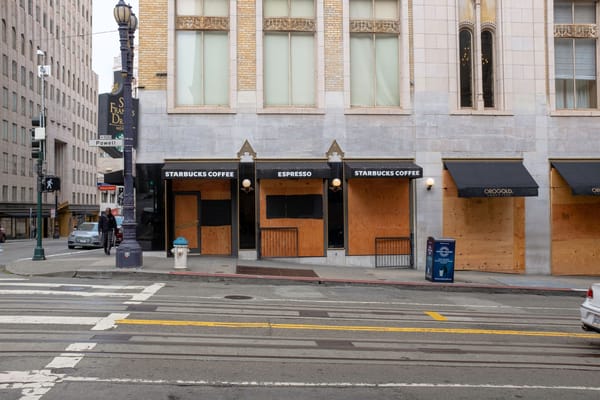Last week, the city of San Francisco launched an initiative dubbed “Vacant to Vibrant,” aimed at reinvigorating a downtown area plagued by shop closures. Applicants who wish to open up a pop-up store in an empty storefront are welcome to apply, with three months of free rent and between $3,000 and $8,000 in direct cash grants offered to sweeten the deal.
On its own, a move like this hardly merits much attention, but it fits into a larger pattern. San Francisco has become the bête noire of the American right, and is often characterized as ground zero for Democratic Party policy disasters. The city makes an easy target for these sorts of narratives, combining crime, homelessness, and public disorder with aggressive wokeness.
San Francisco, we are told, represents the model that, if given the chance, the left hopes to export to the rest of the country. Increasingly, the right is proposing aggressive counter-models that promise to restore public order, such as El Salvador’s new mega-prison for gang members or the harsh laws of the city state of Singapore.
There is, however, a problem. Cities, like human bodies, are subject to countervailing forces: On the one hand, we have entropy and decay; on the other, we enjoy rejuvenation and renewal. While human cells constantly die, and sickness is a recurring problem, the body works hard to create new cells and fight off infection. As long as the forces that prop up our bodies are stronger than the ones tearing them down, we remain in good health; if that isn’t the case, we grow weaker and eventually die.
